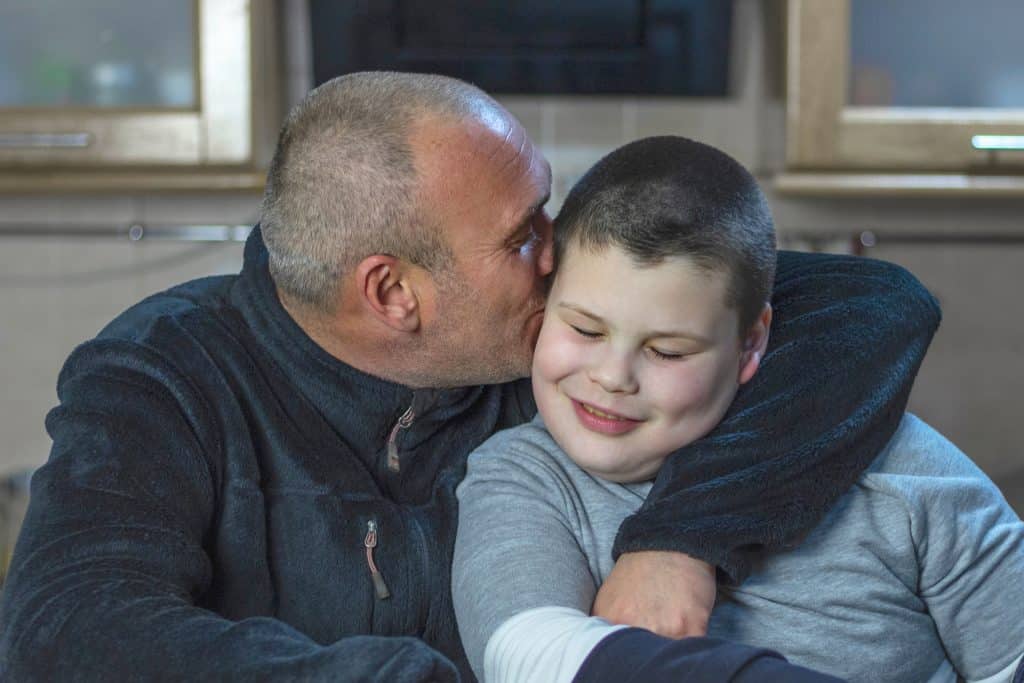When an individual is diagnosed with Autism Spectrum Disorder (ASD), they are also given a further diagnosis based on the severity of their disorder.
This is dictated by the three levels of autism, with level 1 being the least severe and level 3 being the most severe. They are also defined by how much support an individual will need in everyday life.
Let’s take a look at the three levels of autism and how they are diagnosed.
What are the 3 main symptoms of autism?
Autism can manifest in a wide range of symptoms that vary from person to person. However, there are 3 major symptoms that are consistent with every autistic individual.
Of course, the extent to which a person with autism experiences these symptoms will also vary. This will help to identify where the individual is diagnosed on the autism spectrum, and which of the 3 levels they fall under.
- Issues with verbal and non-verbal communication. There is a variety of issues with communication that individuals with autism will face. These range from difficulty reading body language and facial cues, and verbally expressing their own wants, needs, and emotions, all the way to communicating non-verbally.
- Difficulty with social interactions. Social skills pose a great obstacle to individuals with autism. Building and maintaining relationships with their peers is often a struggle, as well as partaking in group activities or social events. Understanding the “rules” of socialization, particularly what is or isn’t appropriate, can also prove to be difficult.

- Unique patterns of behavior. Unique behaviors, particularly repetitive ones, are another major symptom of ASD. These can include tics, compulsive repetitive movements of certain body parts, obsessive behaviors, ritualistic behaviors, and an intense aversion to change, particularly changes in routine.
Levels of Autism
The three levels of autism help doctors understand how ASD affects each individual, and which treatments and therapies are going to be most appropriate and effective. They also help the parents of children with ASD understand what they can expect from their child and how to prepare for any challenges they may face in the future.
These levels are detailed in the Diagnostic and Statistical Manual of Mental Disorders, 5th Edition (DSM-5). They dictate how severely an individual is affected by their diagnosis.
Level 1: Requires Support
This is the lowest classification and the mildest form of ASD that can be diagnosed. Though it is the least severe, level 1 ASD still poses significant difficulties for affected individuals in everyday life. Level 1 ASD is sometimes known as “high-functioning” autism.
Characteristics of individuals with level 1 autism include difficulty building relationships, communicating effectively and appropriately, reading body language and understanding social cues, organizing and planning, and inflexible behaviors.
Level 2: Requires Substantial Support
With level 2 ASD, the same issues with verbal and non-verbal communication, and social skills that are present in level 1 become much more prevalent. They are likely to exhibit more obvious difficulties with social interactions and atypical or inappropriate behavior, and communicating and expressing themselves verbally.

Individuals with level 2 ASD will also exhibit obsessive, specific interests and repetitive behaviors that can impede their daily life. They will need substantial support managing their disorder compared to individuals with level 2 ASD.
Level 3: Requires Very Substantial Support
The most severe form of ASD is level 3 ASD. Individuals at this level require a significant level of support in their everyday life compared to other levels. Many of the characteristics of level 1 and 2 ASD are also present here but to a much more extreme and noticeable degree.
Individuals with level 3 ASD will struggle with verbal expression and communication, and in some cases will be entirely non-verbal. They will be very resistant to change and tend to engage in repetitive behaviors more often and more intensely.
While the 3 ASD levels as defined by the DSM-5 are useful in distinguishing the severity of a diagnosis and the support needs of the diagnosed person, they also have their limitations. They are not likely to provide more detailed and specific insight into the condition of the diagnosed person. Assigned levels can also change depending on the learning and development of the individual. For more unique and individualized support families and caregivers will need to seek out further professional care.
If you are looking for specialized care for an individual with ASD, get in touch with our team at Bolling Behavioral Consulting. We provide professional services to individuals with autism and related disorder in Atlanta, GA. You can fill in our online contact form or call 404.981.4105 to book your first free consultation.





Recent Comments